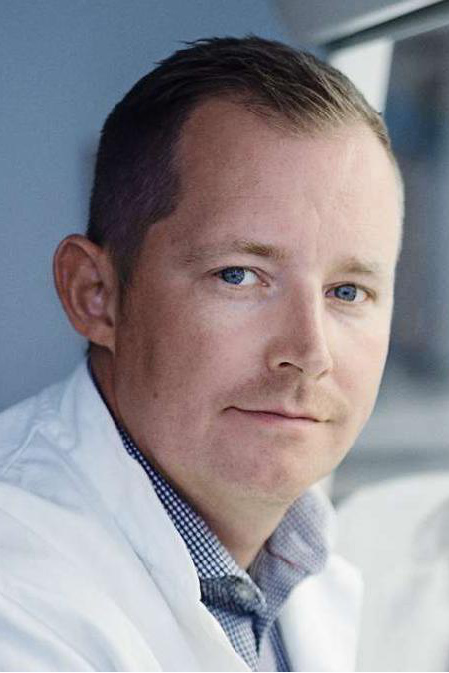A specific immune cell could prove to be important in the fight against COVID-19
Researchers from Aarhus University have shown that a unique immune cell may contribute to how patients’ immune system fight SARS-CoV-2 infection, which leads to COVID-19.

The immune system’s primary task is to protect the body from serious diseases, such as an infection with SARS-CoV-2. Researchers from Aarhus University and Aarhus University Hospital have now found a new piece of the puzzle to help understand how our immune system geares up to fight SARS-CoV-2, and this piece involves a very special immune cell.
This is important knowledge because if we are to develop better medications, it is crucial to understand the molecular pathways that either fight viral infections or are the origin of the inflammatory reactions that may exacerbate the infection, as is seen in some patients with COVID-19. One of the leading scientists behind the study, Professor Martin Roelsgaard Jakobsen from the Department of Biomedicine, says:
"In our study, we demonstrate how one of the body's most effective antiviral immune cell, called plasmacytoid dendritic cell (pDC), plays a key role in identifying SARS-CoV-2 and initiate multiple immunological reactions,"
Can fight the infection
In other words, the researchers have discovered how these pDCs recognise SARS-CoV-2, and how this leads to both antiviral and inflammatory conditions that protect other cells from the viral infection.
This knowledge will help us understand the early immunological steps that are needed to stop the virus and sheds light on how we may advance treatments for COVID-19 disease in the future.
Using the gene editing CRISPR-Cas9 technology and combining this with a unique stem cell model that the researchers use to develop pDCs in the laboratory, they have succeeded in utilising a screening approach to identify which molecular mechanisms are necessary for the pDCs to recognise SARS-CoV-2.
"Quite extraordinarily, we discovered that there are two separate alarm systems that the pDCs use to recognise SARS-CoV-2," says Assistant Professor Renee van der Sluis, who is also part of the team behind the results.
Associated with more severe illness
The first system, (now things become a little technical) called TLR7, recognises viral genomic RNA from the viral particles when taken up by pDCs. As a result of this, pDCs will form the important signal transmitter “interferon”, which allows cells to communicate with one another and initiate mechanisms that inhibit infection and spread of the virus. Concurrently with this, a second system is activated on the surface of the pDC, this time through a receptor called TLR2. However, this forms an inflammatory signal, which clinically has been shown to be associated with a more severe COVID-19 illness.
"We were quite surprised that these two systems were initiated in the pDCs in parallel. Furthermore, we also discovered a third pathway – which seems to be a new viral evasion mechanism, where SARS-CoV-2 interacts with surface molecules on pDCs and thereby prevent the formation of the anti-viral interferon signal," explains Professor Martin Roelsgaard Jakobsen.
The research group is currently working on understanding how SARS-CoV-2 mechanistically counteracts the formation of interferon.
"Our work shows that there is potential for developing new types of medicine that can avoid the pDCs from being hampered in generating interferon. In this way, we can develop a better immune reaction against respiratory infections, where pDCs have a significant role in the immunological response," says Martin Roelsgaard Jakobsen.
The research group will be continuing their work to increase understanding of the role of pDCs in the fight against SARS-CoV-2. This knowledge will also be beneficial for understanding other pandemic RNA viruses that infect the lungs. Such knowledge may turn out to be crucial for how we fight future viral epidemics.
Background for the results
The study is basic research.
Partners: The Department of Infectious Diseases at Aarhus University Hospital with Ole Søgaard and Martin Tolstrup; and from Aarhus University: Søren Paludan’s group, Christian Holm’s group, David Olagnier’s group, Rasmus Bak’s group and Lasse Kristensen’s group.
The study is financed, among others, by the Lundbeck Foundation, the Independent Research Fund Denmark, the European Union's Horizon 2020 programme and the Aarhus Institute of Advanced Studies (AIAS).
The scientific article can be read in EMBO Journal.
Contact
Martin Roelsgaard Jakobsen
Aarhus University, Department of Biomedicine
mrj@biomed.au.dk
Mobile: (+45) 2615 3369
